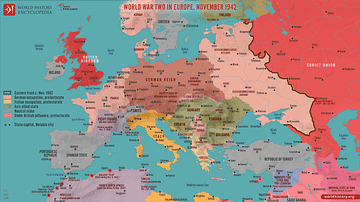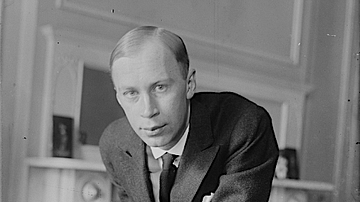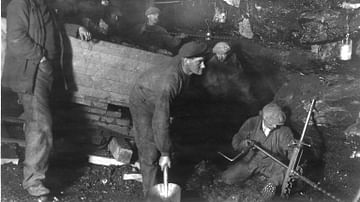Illustration
This map illustrates the geopolitical landscape of Europe in mid-November 1918, immediately following the end of World War I (The Great War or First World War). The Armistice of Compiègne, signed on November 11, ended one of the deadliest conflicts in human history and left the continent on the brink of dramatic transformation.
The war’s staggering toll—an estimated 20 million dead and 21 million wounded, with nearly half the fatalities being civilians—shattered old powers and accelerated sweeping change. By late 1918, the Austro-Hungarian, German, Russian, and Ottoman Empires had collapsed or were in disarray, and new nations were already emerging amidst the political vacuum. The redrawing of borders and the rise of national self-determination movements would define the volatile postwar order, laying both the hope for peace and the seeds of future conflict across Europe.
About the Author
Cite This Work
APA Style
Netchev, S. (2023, November 10). Europe at the End of World War One, November 1918. World History Encyclopedia. Retrieved from https://www.worldhistory.org/image/18127/europe-at-the-end-of-world-war-one-november-1918/
Chicago Style
Netchev, Simeon. "Europe at the End of World War One, November 1918." World History Encyclopedia. Last modified November 10, 2023. https://www.worldhistory.org/image/18127/europe-at-the-end-of-world-war-one-november-1918/.
MLA Style
Netchev, Simeon. "Europe at the End of World War One, November 1918." World History Encyclopedia. World History Encyclopedia, 10 Nov 2023, https://www.worldhistory.org/image/18127/europe-at-the-end-of-world-war-one-november-1918/. Web. 06 Jul 2025.








![Throne Dais of Shalmaneser III [North Face, East End]](https://www.worldhistory.org/img/c/p/360x202/10523.jpg?v=1618801204)